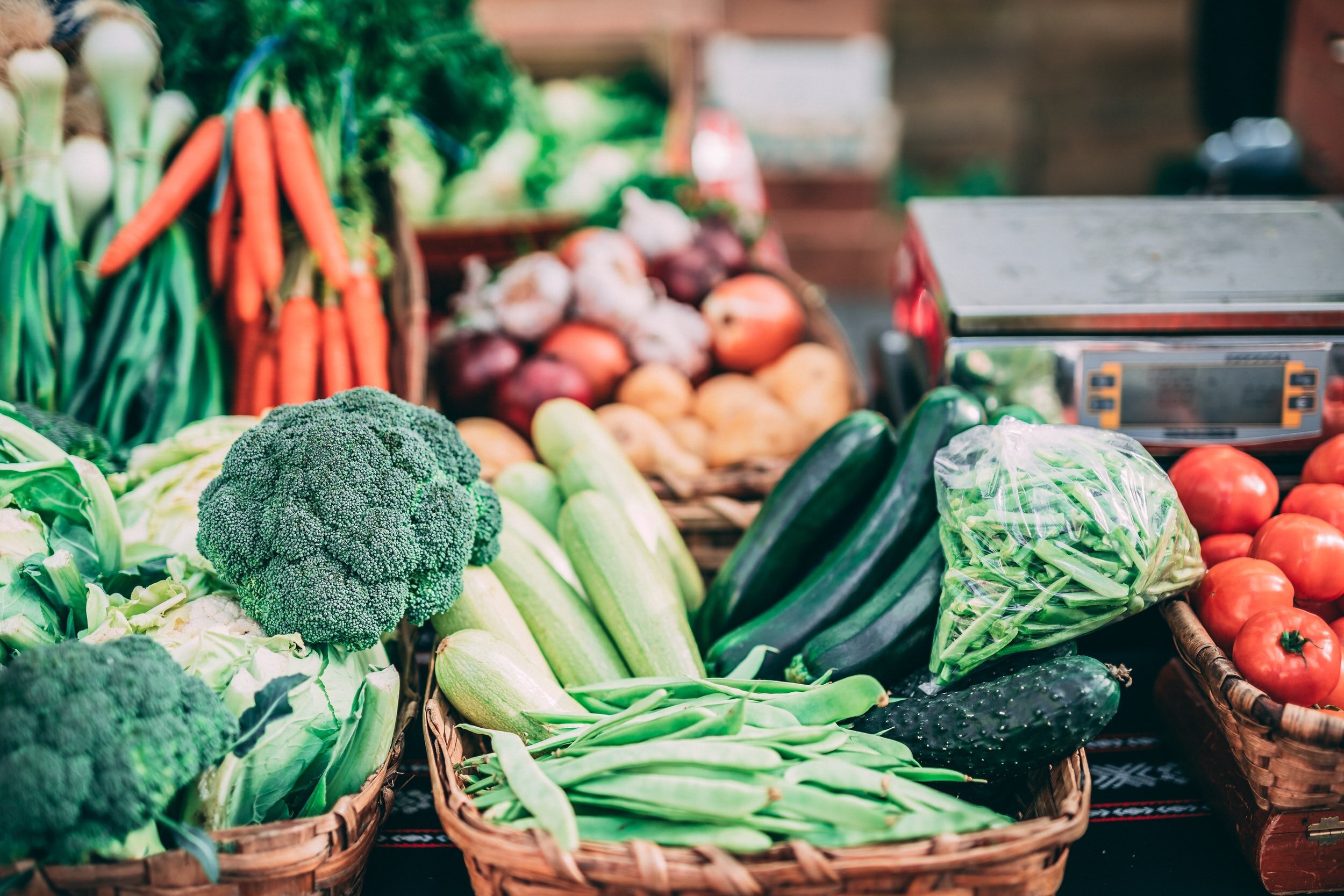Resource Use in the Fashion Industry
In my younger years, I visited malls a lot - meaning at least once a month for a big shopping haul. My friends and I had routine routes to shop at all of our favourite stores - Forever 21, H&M and Garage. I always found reasonably priced clothes, meaning I could walk out of these stores with plenty of new outfits to wear. Flash forward to these days, my habits with clothing have evolved into a more mindful and aware approach. Over the past years, I’ve started paying more attention to the small details of clothing tags. Where was this shirt made? What material is it made of? What company made this shirt? These questions are important for me as I try to understand the history behind clothing garments.
Little did I know throughout elementary and high school that the fashion industry is the second largest polluter in the world, ranking just after the oil industry. As a consumer, it is difficult to visualize the resources and pollution associated with a neatly-folded t-shirt on the mall shelves. Heck, that dress in the mall has probably done more world travelling than most of us. The end-product of clothing can be presented very cleanly - but we’re here to uncover some real dirt on the fashion industry.
Fast fashion is the underlying culprit behind one of the most resource intensive and polluting industries on the planet. The fast fashion business model ensures two main things: unbelievably cheap prices and constant new styles for the consumer. In reality, fast fashion holds the title for being one of the ongoing main trends responsible for negative social, economic and environmental impacts. Not to mention, clothing production has doubled between 2000 and 2014. It’s no wonder that these trends come with an underlying price on our environment.
RESOURCE USE + POLLUTION
Jeans are the go-to clothing staple for nearly everyone, probably topped with your favourite cotton tee. They sit in the spotlight for a few reasons - their ability to create that casual, everyday look, and for their uncanny consumption of water during production. In fact, as much as 7,500 litres of water are required to make a single pair of jeans. Just a single pair of jeans consumes enough water for about 150 showers, with each shower averaging about 50 litres of water. Cotton, which a large percentage of jeans are made from, is the culprit behind these enormous amounts of water. Your favorite cotton t-shirt slurps back enough water for one person to drink for 900 days. Cotton is also the most common natural fiber used to make clothing, accounting to about 33% of all fibers found in textiles.
In Central Asia, the Aral Sea was once the 4th largest body of inland water in the world. Since 1960, this lake has been shrinking as a result of unsustainable cotton cultivation, and is now almost completely gone. The United Nations called this event, “the most staggering disaster of the twentieth century”. On the other hand, organically grown cotton offers a 87% reduction in water usage, compared to conventional agriculture. Companies like Patagonia have transitioned to 100% organically grown virgin cotton, shifting towards a more sustainable solution.
The average Canadian buys 70 new pieces of clothing per year, or about one new clothing article every 5 days. Each article of clothing requires chemicals used in agricultural pesticides or clothing dye. Garment manufacturing accounts for about 20 percent of industrial wastewater in the world. There are hundreds of dangerous chemicals used in the process of manufacturing clothing, ultimately released into our environment. Wastewater is more often than not dumped into our water sources, harming our planet, and, well, us. China, the hub for global manufacturing, has designated one-third of the country’s rivers too polluted for direct human contact. About 8,000 synthetic chemicals are used in clothing manufacturing, lingering with carcinogens and hormone disruptors. Chemicals like Glyphosate, used in cotton farming, and formaldehyde, used to make clothing wrinkle-free, all make their way to the local environment. A perfect world for me includes a clothing tag disclosing information like the ‘ingredients’ used to make a garment, similar to a nutritional label required for food products.
We’ve all heard of microplastics. They are born from synthetic petroleum-based fabrics like nylon, polyester, acrylic and acetate, which release microfibres when washed. It was found that the main source of microplastic pollution is due to synthetic textiles, which pollute 83% of the world’s drinking water.
Looking to learn more about microplastics, and their impacts on our environment? Check out Pollution in Hiding: Microplastics in Lake Ontario.
Yup, these cold-hard facts of the fashion industry can be a bit of a bummer. We’re not alone with these concerns, as an initiative by the National Resources Defense Council has recently come to light. They are shifting the way corporations are operating, with both monetary and environmental rewards for their suppliers abroad. Really, what could be better?
The Clean by Design program offers a business-model that focuses on increasing production efficiency in overseas manufacturing facilities, while simultaneously reducing their environmental footprint. This green supply chain program has been operating for a mere six years, but has already had significant impacts.
In 2014, Clean by Design saved about $15 million dollars in operating costs annually to the participating manufacturers' mills, or about $440,000 per mill. Initiatives include water savings through grey water recycling, and energy savings by recovering heat from hot water and oil. This model is what we like to call a win-win, for both the fashion economy and our precious environment.
NEXT STEPS
There are estimates that clothing production will more than triple current production by 2050. Fast fashion skews the value of all clothing, creating a clothing norm that includes short lived and replaceable garments. Let’s uncover some steps we can take, moving forward to a more sustainable fashion industry.
Quick Tips
Purchase clothing made of natural fibers such as organic cotton, linen, silk, wool and hemp. These textiles are all naturally biodegradable, and use less harmful chemicals compared to synthetic materials. They are safer for us, and the environment.
If possible, invest in clothing that is well made and locally produced. Timeless clothing pieces are a great investment, as they will last many years and still look fabulous.
Let’s go thrift shopping! Grab your pal and spend some time sifting through the thrift store racks. It’s a guaranteed fun afternoon, with possible treasures found along the way. After all, one person’s trash is another’s treasure. Apps like Depop and Poshmark are great alternatives for online curated used clothing.
Read the label. Becoming a conscious consumer is a valuable habit. Petroleum based synthetic fibres emit more greenhouse gases, and are not biodegradable like natural fibres.
Rent clothes. We all have that one overpriced dress, collecting dust at the back of our closet for years. Looking back, I wish I considered renting a dress for that fancy occasion. The possibilities are endless with clothing rentals - weddings, formals and bridesmaid dresses.
Unsure of a brand? Research their supply chains, environmental initiatives and company values. These can usually be found through company websites, under their ‘about’ subheading. The Good on You app allows users to search companies to discover ratings on ethicality. They want to bridge the gap between customers and sustainable fashion choices.
Above all else, the most sustainable clothing article is the one already in our closet.















Communications Assistant, A Greener Future